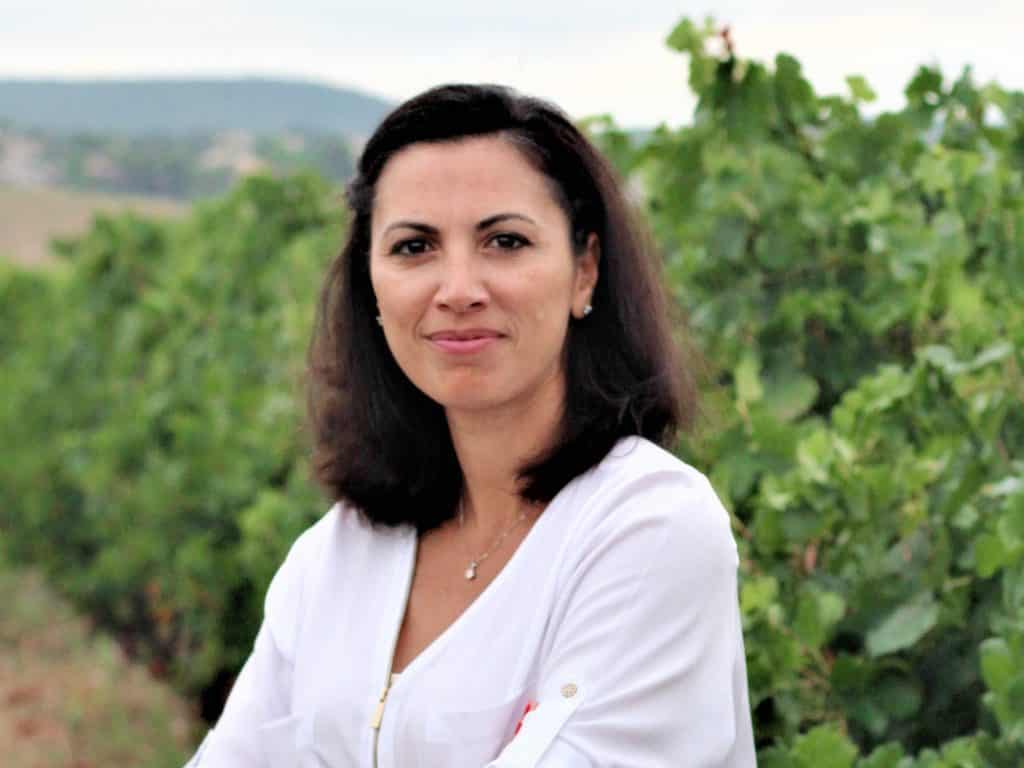
Editorial
Today, across developed countries, there is a duality between the need to produce food and the increase in the awareness of the production system’s sustainability loss, as over time, intensive agriculture has degraded our soils and depleted its biodiversity.
In 2020, we no longer have the choice of using more land to increase production; competitive pressure on land use is really strong. In France for example, we have already lost the equivalent of a French agricultural land province in 10 years of urbanisation.
The experience gained by triggering environmental imbalances in developed countries must keep it a habit not to reproduce bad productive practices in developing countries. Do we always need to prioritise food production as opposed to soil health and the reduction of greenhouse gas carbon emissions? Three major ambitions must be carried out by agriculture during our time: it must play a central role in the fight against the effects of climate change, while ensuring food security and the preservation of biodiversity.
Climate has no borders. We can act on a planetary scale. In this case, KILIMO is a collaborative research and technological innovation project that contributes to improving performance in agriculture while preserving Kenya’s environment.
The storage of carbon in agricultural soils is one of the solutions to make agricultural production a sustainable sector. The 4 per 1000 initiative estimates that an annual increase of 0.4% in carbon sequestration in the first 30 to 40 cm of soil may be enough to offset the loss of CO2 to the atmosphere due to human activities. And it is still an achievable goal if there is a real change in farming systems.
itk is a member of the 4p1000 initiative, and the KILIMO Project for the Transformation of Kenyan Agriculture is a concrete action that contributes to this initiative.
Thanks to the agronomic modeling tools, new avenues are explored for agricultural systems to combine optimal production levels, with minimal input applications and agricultural practices that ensure carbon sequestration in fields.
The decision-making process to combine all the factors – amount of irrigation, date of fertilisation, practices favouring carbon sequestration, etc. – is complex to understand. This is why, at itk, we make the results of agricultural research accessible through visually simple decision support tools (DST) as a result from crop modeling and artificial intelligence (previously developed for the EU and the USA ), already marketed and used for precision agriculture.
Within the KILIMO project consortium, our partners also have solutions and tools that provide satellite imagery and local field observations. Based on an exchange of data (big data) and transfer of technological knowledge, this cooperation will give way in the creation of an innovative tool, easy to use and with major added value. This breakthrough will not only serve precision agriculture, but also soil conservation agriculture and regenerative agriculture.
I am very proud that itk is part of a project that aims to prove that the reconciliation of productivity, profitability and protection of soil health is possible, with the collaboration of other partners who have the same conviction and the same goal. Vihiga County will be a pioneer and model for other counties in Kenya, for other African countries as well as across the world. We will prove that an agricultural system can be driven in the most sustainable way, remain highly productive and at the same time preserve the health of our soils and promote practices that significantly reduce the effects of CO2 loss and climate change.
Aline BSAIBES, Directrice Générale d’itk


